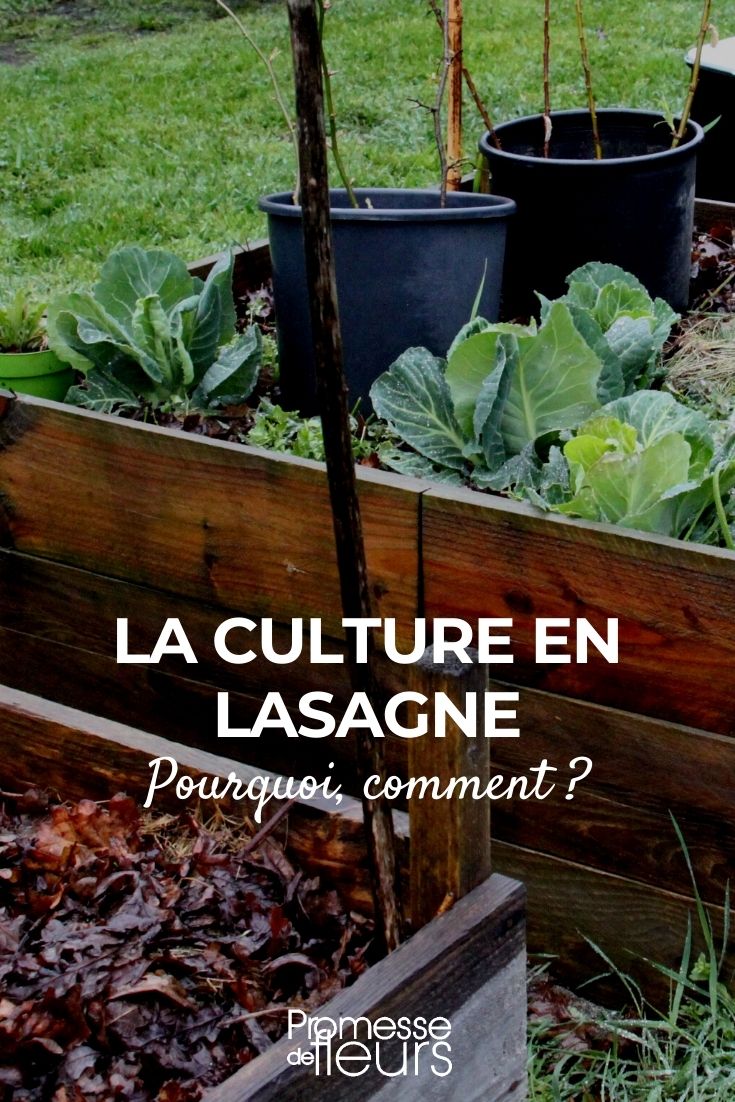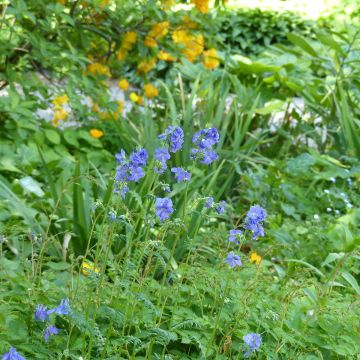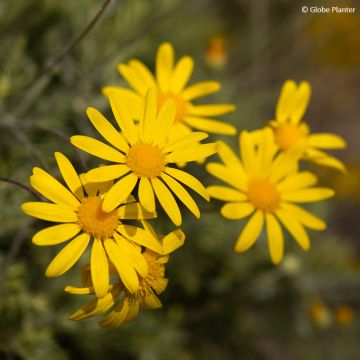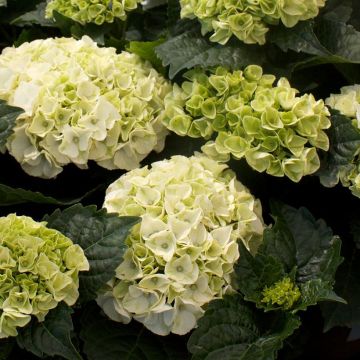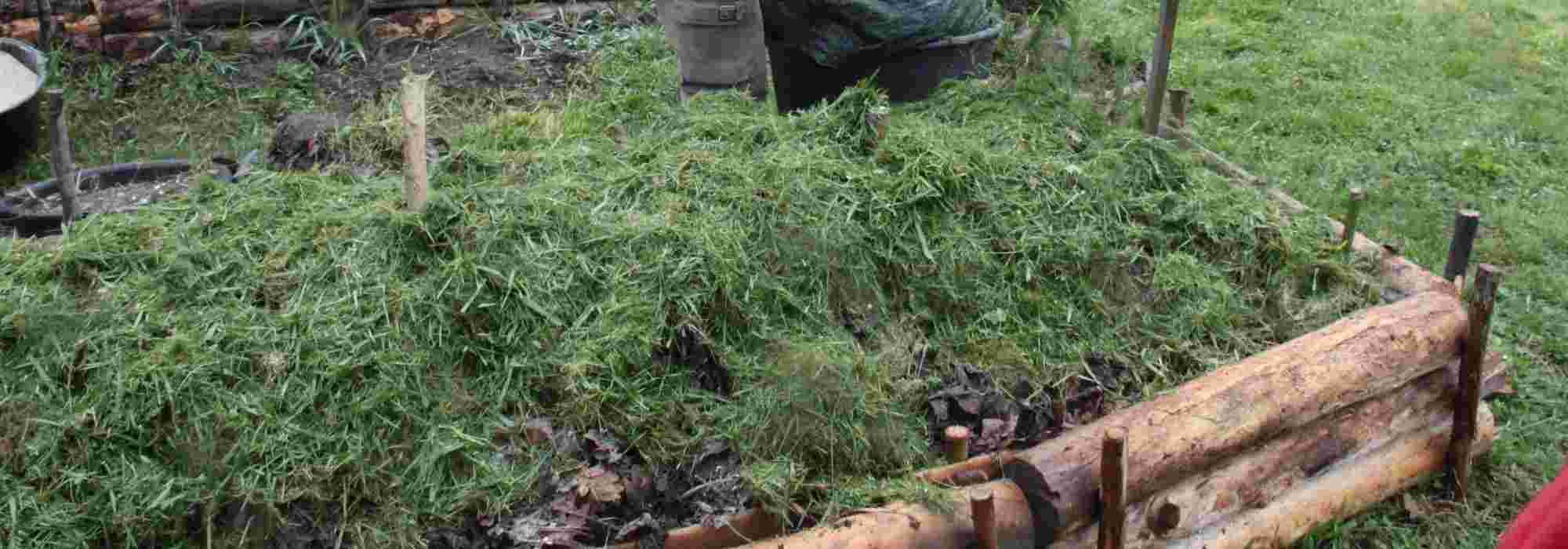
Lasagna gardening
Techniques and tips for abundant harvests
Contents
Lasagna gardening, often practised in vegetable gardens, is a single, practical, enjoyable and inexpensive technique. It enables you to obtain in record time a rich, fertile growing medium, promesse de fleurs and abundant harvests.
Discover our tips for successful lasagna gardening!
What is lasagna gardening?
This above-ground method involves building successive layers of brown and green ‘waste’ layered like a lasagna. More precisely, it involves placing a layer of dry organic material (rich in carbon) then a layer of wet organic material (rich in nitrogen) and so on. This is done with the aim of to grow flowers and vegetables in the garden as well as in the vegetable patch.
Anyone can practise lasagna gardening, whatever the area and type of ground. It is particularly useful on stony soils that are hard to work, where nothing grows, on wet soils, on paved surfaces (patio, balcony, etc.) or in pots, planters or containers. Finally, it is a temporary structure, intended to be moved over the years.
Where should I set up a lasagna garden?
Choose preferably a sunny spot or one with light shade. Apart from exposure, you can place it anywhere, no need for a patch of soil — you can create your lasagna on a concrete or paved surface (courtyard, patio, pavement…)
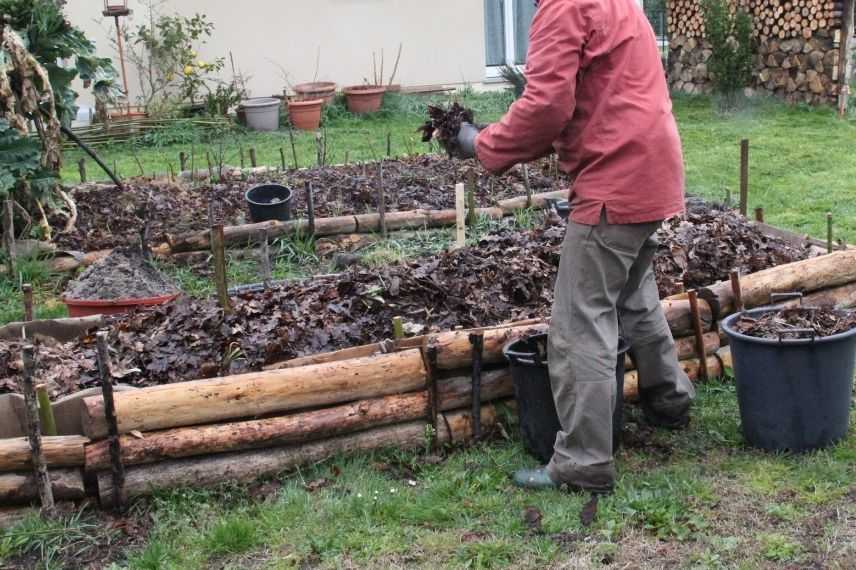
Discover other Organic vegetable gardens
View all →Available in 0 sizes
Available in 1 sizes
Available in 1 sizes
Available in 1 sizes
Available in 1 sizes
Available in 1 sizes
Available in 1 sizes
Available in 1 sizes
Available in 2 sizes
Available in 1 sizes
How to make a lasagna garden?
Edge of lasagna bed
Start by marking out perimeter of your lasagna bed. Use whatever is to hand (stones, logs, pallets or untreated wood planks, bricks…). Best option is use of straw bales. These provide rigid support, optimal height, act as insulation against winter cold and summer heat, and soak up water during rain to release it to plants during their growth.
Shape can be free but for practical reasons favour rectangular or square shapes and avoid lasagna beds with centre difficult to access. For example, make rectangle 2 m by 1 m. Finally, ideally lasagna height should be between 80 cm and 1 m.
Build a lasagna step by step
Many guides often recommend covering soil with newspapers or cardboard without tape, glue, staples, inks… to smother weeds growing on site.
Our view: I do not recommend this because cardboard does smother weeds but also soil life. Goal of this method is to promote soil life, earthworms and micro-fauna involved in humus formation, source of food for plants.
To build lasagna properly, lay down:
- a layer of ± 20 cm of almost ripe compost
- a layer of 20 to 30 cm of straw (which will soak up water and serve as a reserve for plants)
- a layer of 10 cm of grass clippings
- a layer of 10 cm of straw
- a layer of 10 cm of grass clippings
- a layer of 20 to 30 cm of garden soil, compost or well-rotted compost, a deep layer so plants can root
Note that you can replace straw with other brown “waste” such as rotting wood, ramial chipped wood (BRF), dead leaves… Likewise for green “waste” you can use adventive plants (not gone to seed), spent flowers or kitchen peelings and scraps.
Our advice: Between each layer, sprinkle wood ash, rich in phosphorus and potassium. This will be beneficial to flowering and fruiting of your flowers and vegetables. For more information, consult our advice sheet : Wood ash : how to use it in the garden?
Firm down each layer lightly as you fill.
If you do not have enough organic material to create lasagna 80 cm to 1 m high, no problem, lasagna will simply be lower. Just remember to respect brown/green/brown/green alternation starting with brown and finishing with green before adding soil and mulching.
Your lasagna is ready to use and you can plant or sow straight away.
Our tip: If season is still early, you can cover bed with horticultural fleece. Composting organic matter generates some heat, which can gain you several weeks of growing time in vegetable patch.
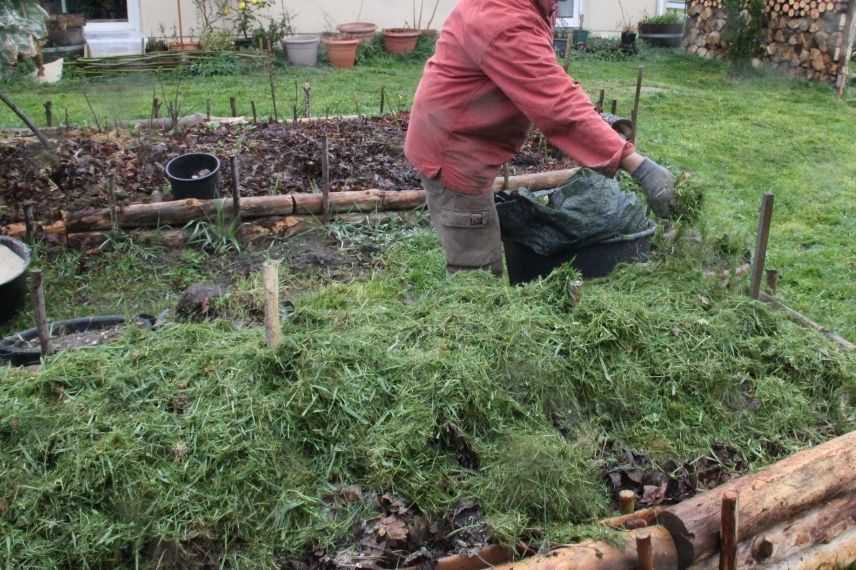
How to water?
We recommend watering very little at start so decomposition process of organic matter does not generate too much heat.
Mulch
Do not forget to mulch your lasagna. For mulch to be effective it should measure between 15 and 20 cm thickness.
Finally, do not worry if after a few weeks you observe some settling of lasagna; organic matter is composting, this is perfectly normal!
How to make a lasagna in a pot, container or large trough?
Principle is the same, simply on smaller scale. Bear in mind that larger the container, better the results. You can use containers made of various materials: geotextile grow bags, plastic troughs, terracotta pots, wooden boxes, etc.
Take example of terracotta pot 36 cm high. We recommend placing a stone in bottom to prevent organic matter blocking drainage hole later and to allow watering to drain freely. Then alternate layers as above, firming lightly each time. Put:
- a layer of about 7 cm of carbon-rich materials (dead leaves, straw, woodchip, small branches…)
- a layer of about 7 cm of nitrogen-rich materials (grass clippings, green leaves…)
- a layer of about 15 cm of potting compost
- a layer of about 7 cm of mulch (dead leaves, straw…)
In this pot you can grow a lettuce, a tomato plant or pepper plant, etc.
And afterwards?
After one or two years, depending on initial thickness of lasagna, all organic matter added at creation will have been digested by soil life. You will be left with slightly raised mound of soil. It will still be teeming with life and useful micro-organisms. Area can be cultivated as is or soil moved to other beds or around base of your trees and bushes.
Which types of plants is lasagna gardening suitable for?
Lasagna is naturally very rich in nutrients, directly available to plants. It is a fertile medium that will boost your crops and produce beautiful vegetables. It is suitable for most seasonal vegetables, especially heavy feeders such as squashes (courgette, melon, potimarron), tomatoes, peppers and chillies, aubergines, spinach, peppers, cabbages, lettuces, potatoes, aromatic herbs such as basil, coriander… but also flowers such as nasturtiums or marigolds. Avoid vegetables such as carrots or parsnips as root vegetables germinate easily and cannot always be transplanted.
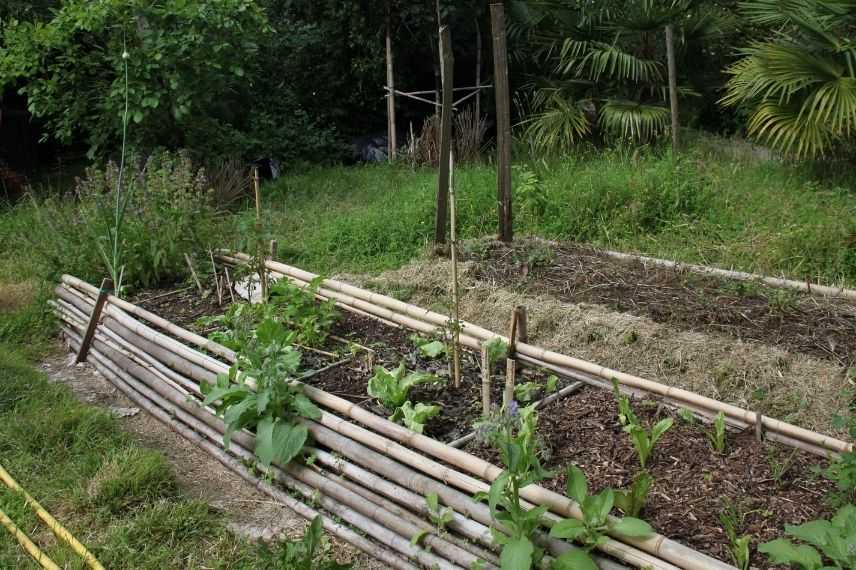
Because of relatively short lifespan and high fertility, it is not suitable, or is only slightly suitable, for some longer-lived crops (artichoke, asparagus…). Indeed, lasagna level will fall as organic matter composts and it will need topping up, which will be difficult if plants are already established. It is also not suitable for low-demand or undemanding plants, nor for shrubs and bushes such as thyme, rosemary or soft fruit.
Our advice: It is possible to sow directly or to plant young vegetable plants. I recommend sowing in buckets or seed trays then transplanting into the lasagna as it is easier to achieve good results. That said, if you want to try, some sowings work rather well: Fabaceae, lettuces, Chenopodiaceae, turnips and potatoes.
Advantages and disadvantages
Advantages :
- It is a soilless growing method that requires no digging, perfect for sparing gardeners’ backs and preserving soil life, and frees growers from reliance on soil ;
- Can be installed anywhere ;
- Quick to set up ;
- Organic matter is reused on site and is directly available to plants, so yield is improved ;
- Decomposition releases a little heat, which helps speed up crops ;
- Enables recycling of constituent materials ;
- Costs almost nothing ;
- Requires little time investment ;
- Can provide family, educational and fun activities to do with children.
Drawbacks :
- You will need a certain quantity of organic matter (dead leaves…). If you do not have a garden, gather material from a park or a wood, for example ;
- A lasagna warms up quickly and therefore dries out fast. Although mulching will limit water evaporation, you will need to monitor watering, particularly in hot, dry summers ;
- Plant choices are limited ;
- To keep it manageable, lasagna gardening applies only to small areas ;
- Lasagna beds may attract rodents, slugs and snails.

Gardeners' questions
Can meat be added to kitchen waste in a lasagna compost?
Meat can be composted, provided only small quantities are added and buried beneath a layer of brown materials.
- Subscribe!
- Contents
